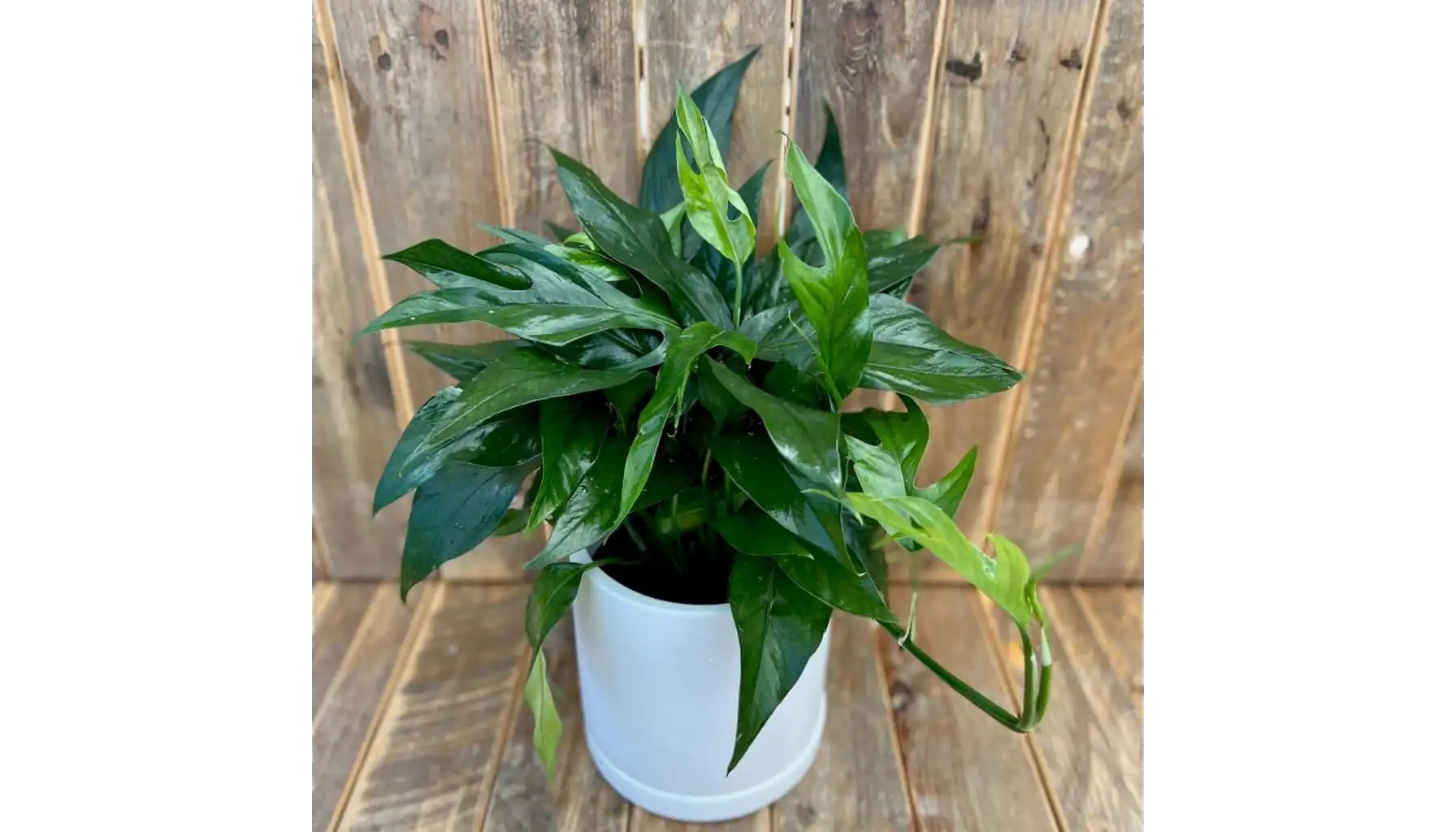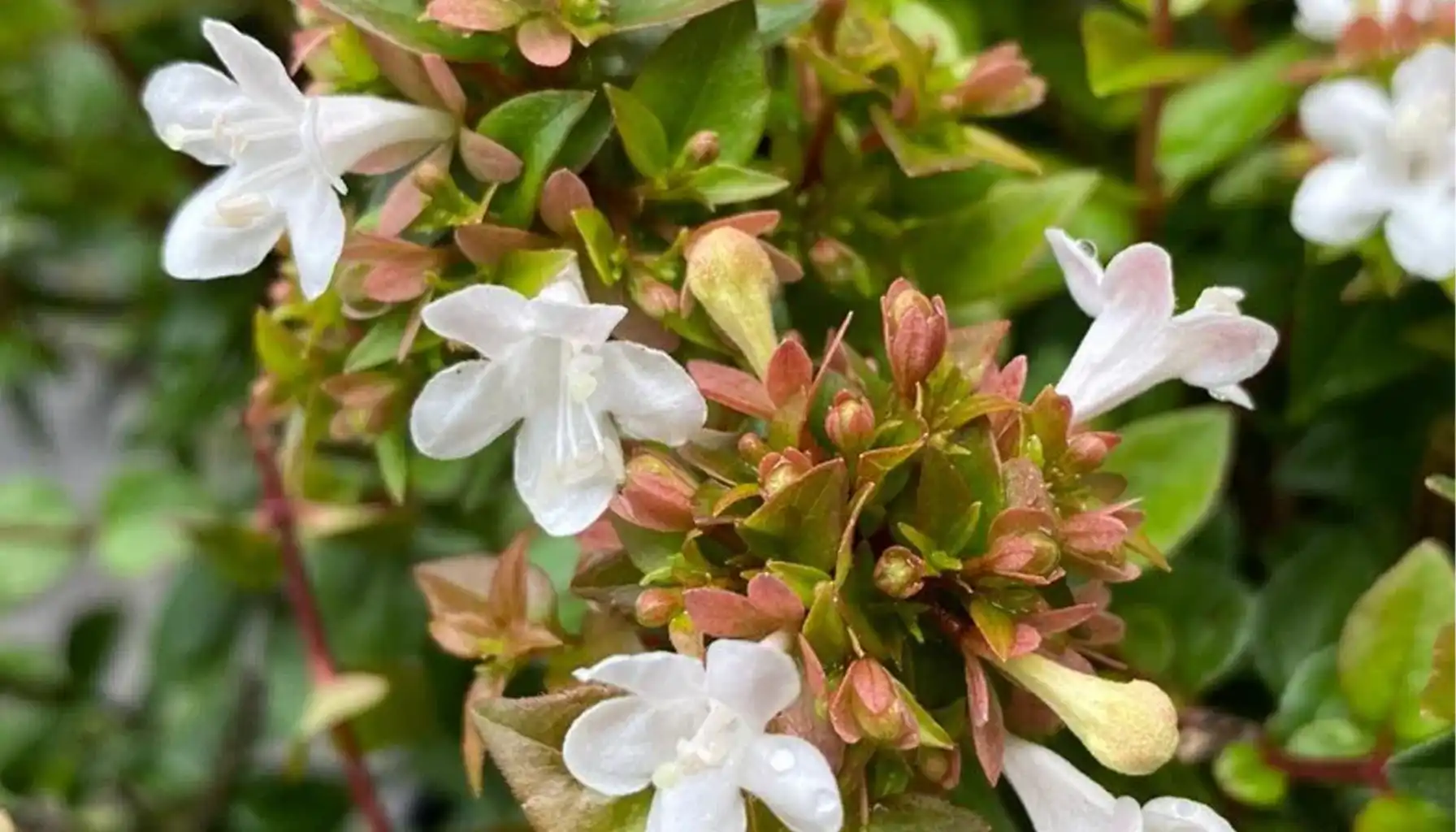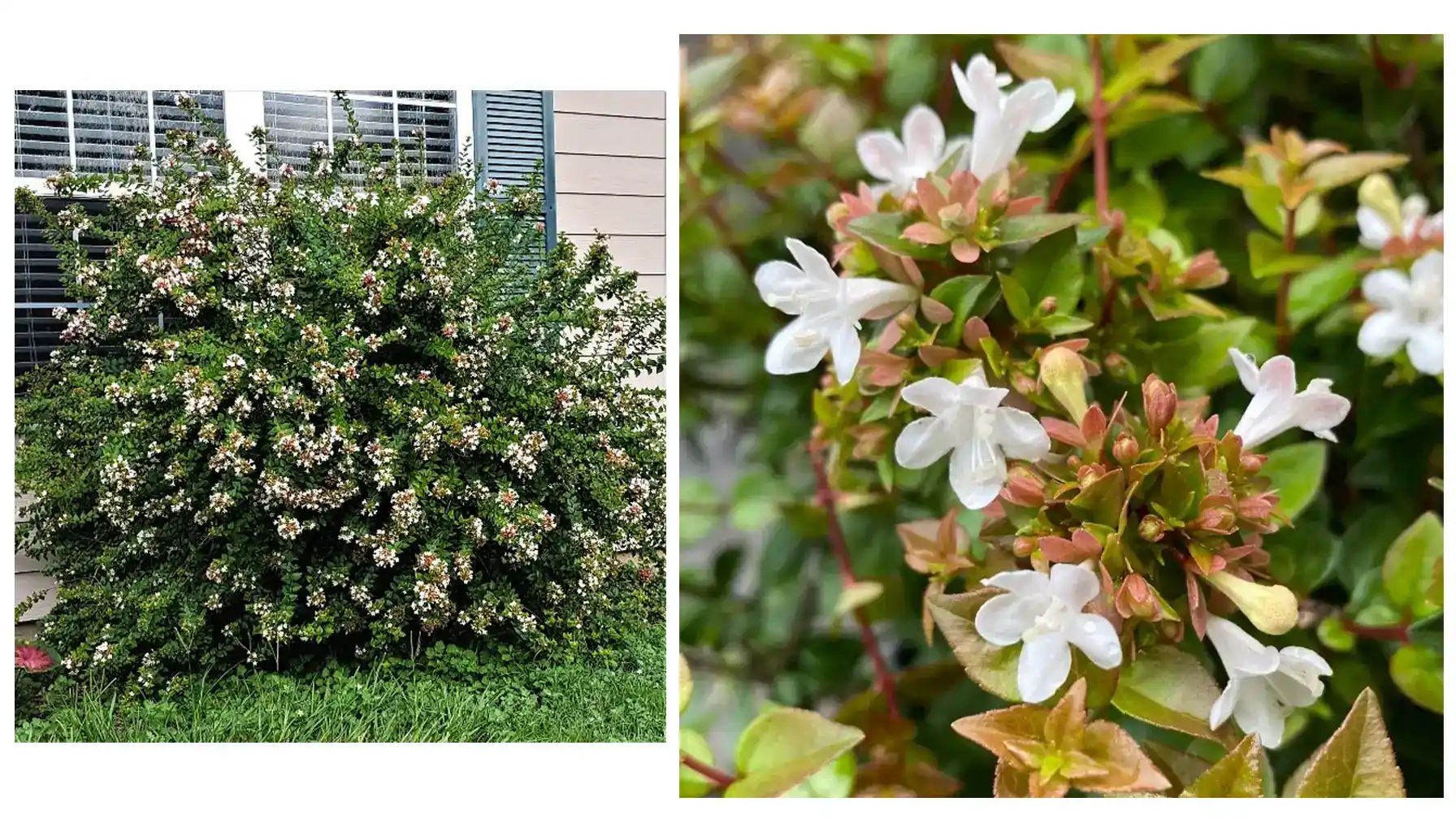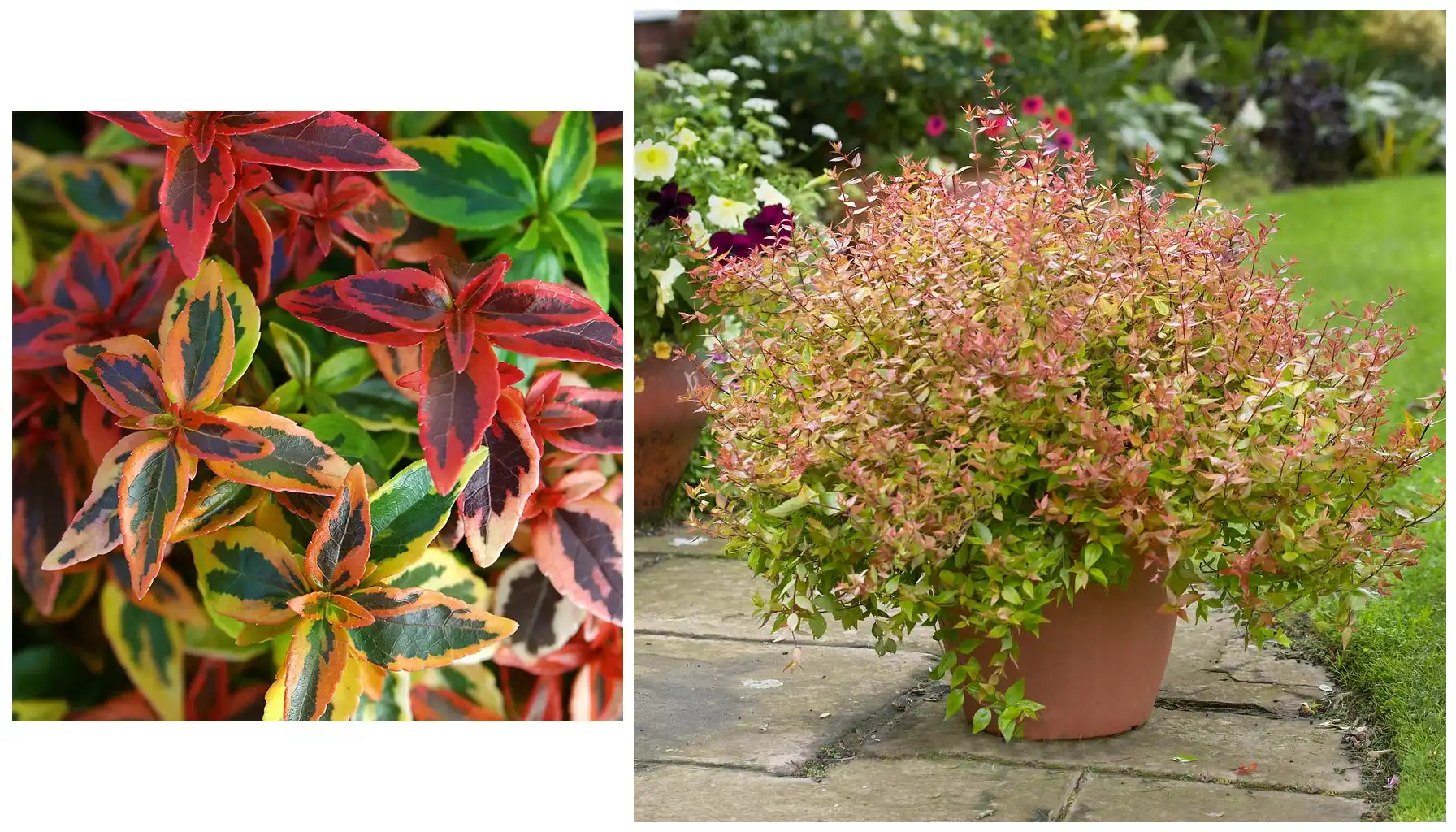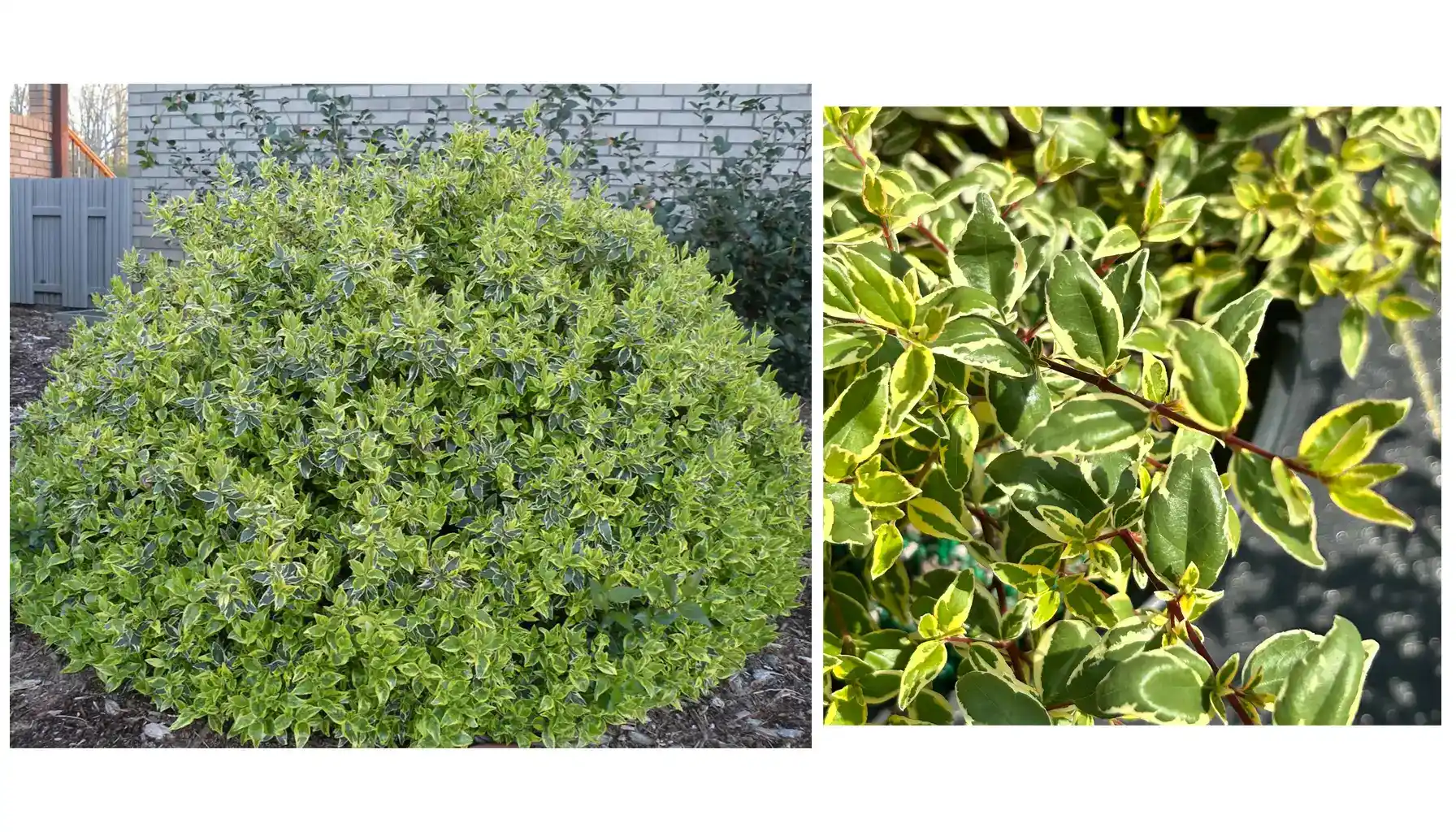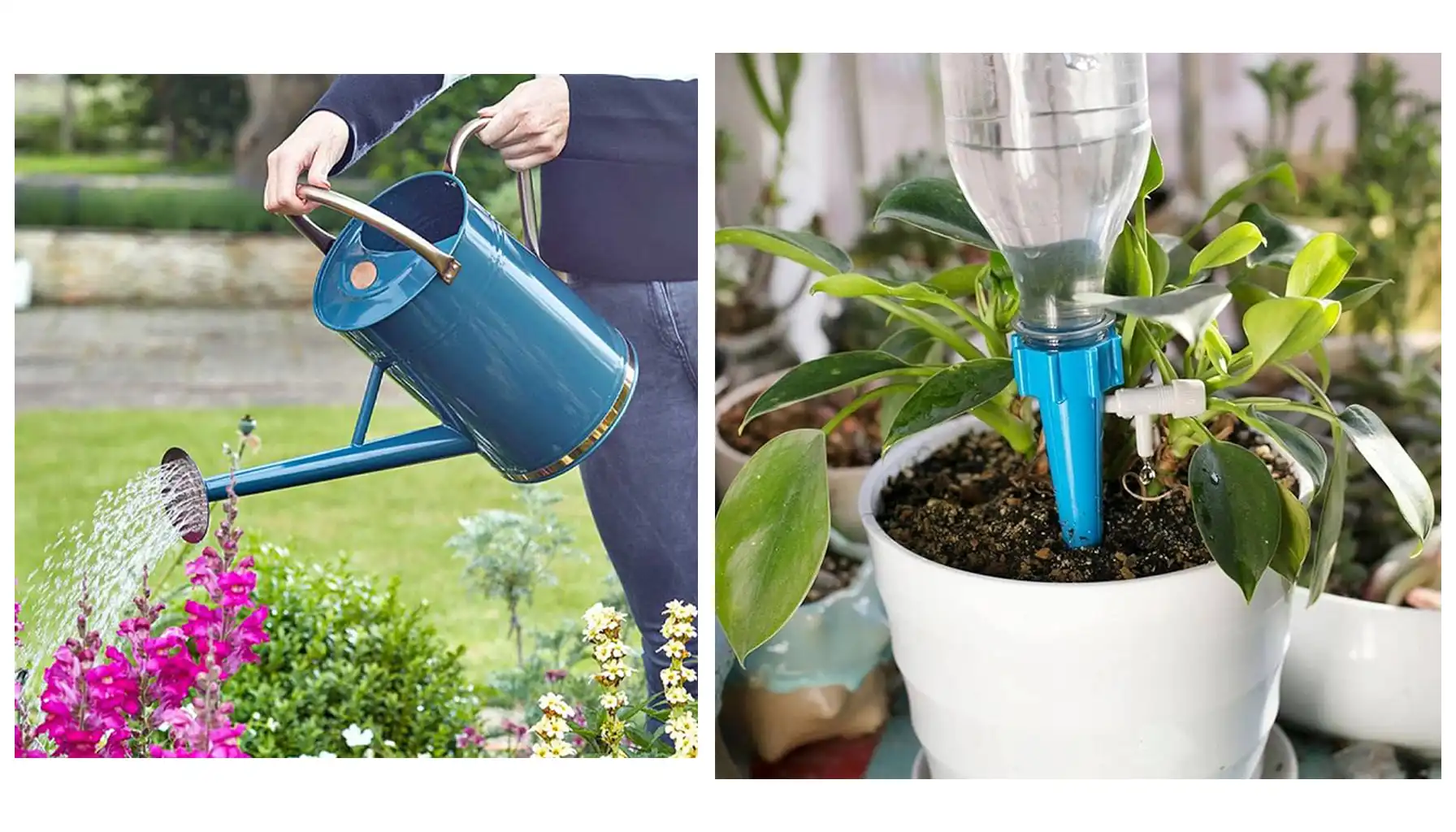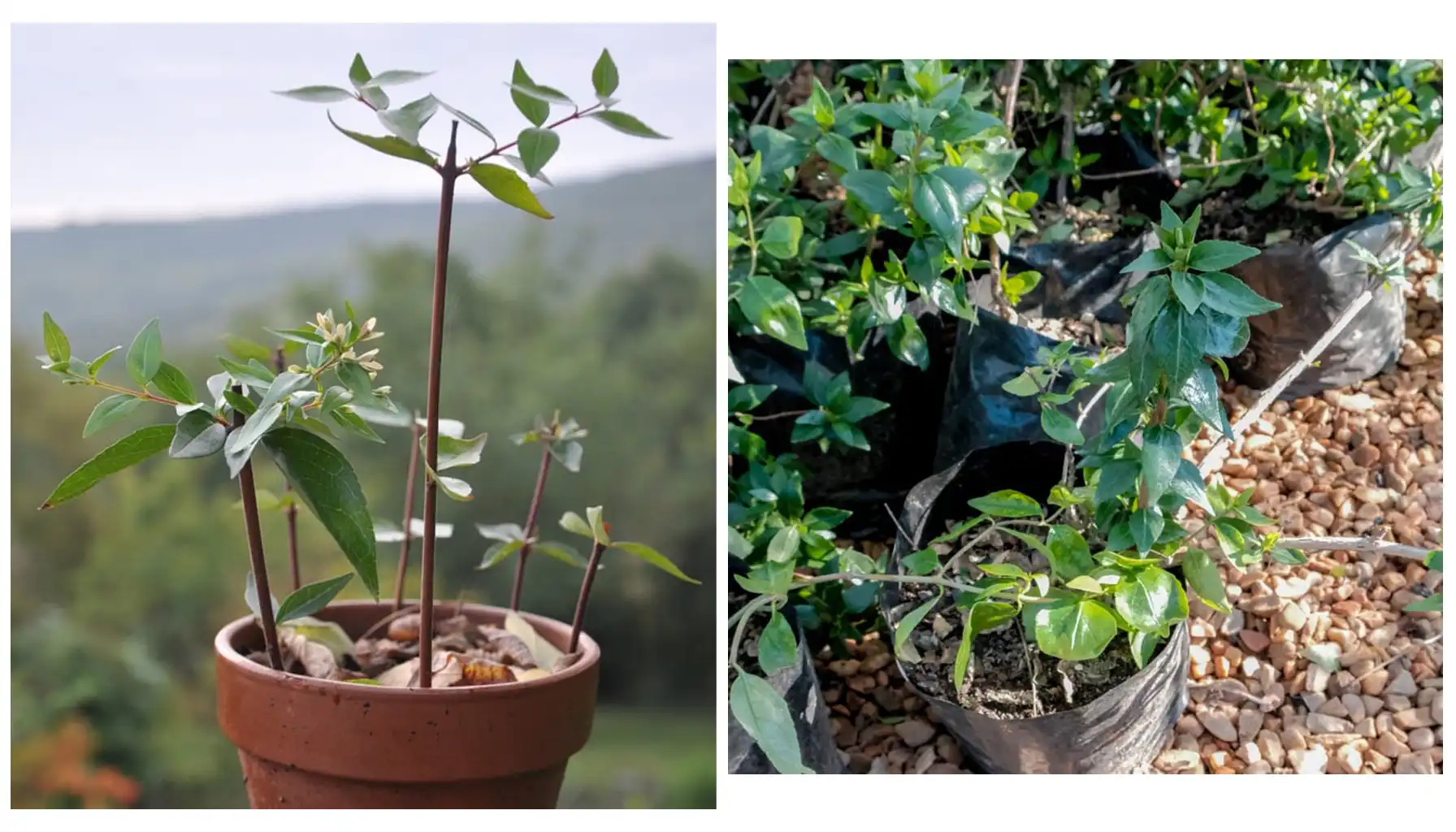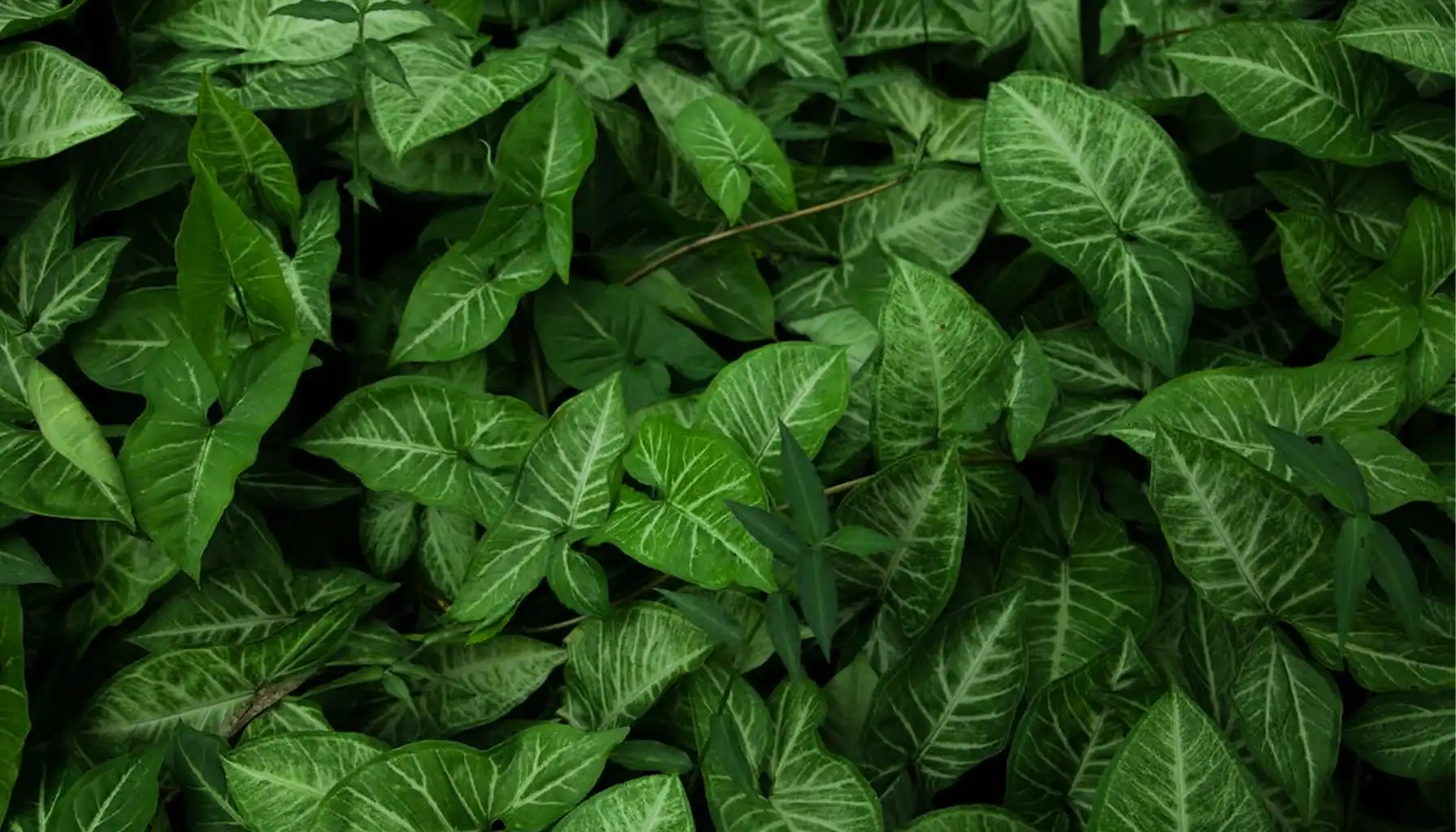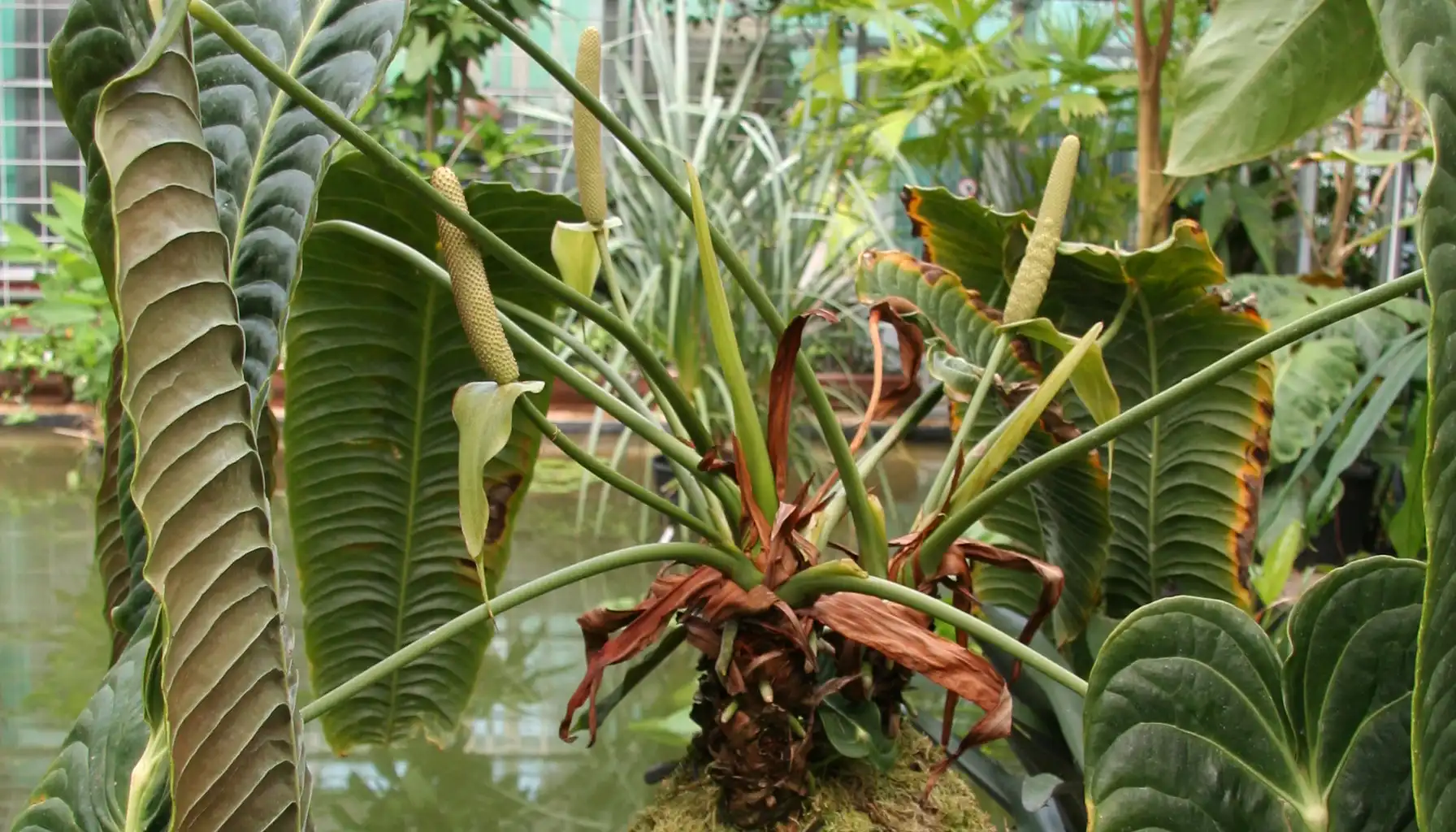Abelia is not your ordinary plant. It’s a hybrid, first created more than 200 years ago. With time, it became more and more natural, and now barely anyone knows that this staple houseplant once did not exist.
This article will teach you about popular cultivars of Abelia, their care, and nature. After this guide, you will become a real master of this flora.
One day, you might have a picnic in nature and wonder: What is this plant? With plant ID apps, you can find out if that plant is safe or poisonous.
Glossy Abelia Description
What kind of plant is Glossy Abelia? It is a popular ornamental shrub known for its attractive, glossy foliage and beautiful, fragrant flowers.
The full name of this shrub is Glossy Abelia Grandiflora, and Grandiflora here means "Abundant flowers”, and abundant they are, as sometimes there are more blooms on the stem than leaves.
Glossy Abelia Plant Overview |
Feature | Details |
Origin | Artificial hybrid of Abelia chinensis and Abelia uniflora |
Type | Semi-evergreen shrub |
Size | 3 to 6 feet (about 1 to 2 meters). Glossy Abelia height and width are somewhat identical |
Life span | 10 to 15 years or more with proper care |
Leaf Colors | Oval, medium green, and shiny |
Flowers | Small, trumpet-shaped flowers, usually white or pale pink |
Propagation | By stem cuttings |
Toxicity | Non-toxic to humans and pets |
Special Features | Drought-resistant, long bloomer |
Glossy Abelia Varieties
It’s not a secret that Abelia is an ornamental plant foremost. It’s made for beauty, and beauty is in the eye of the beholder. That is, Abelia has many colourful varieties to suit everyone.
We have compiled the most popular varieties, defined by their colour and/or easy care.
Rose Creek Glossy Abelia
This compact, dense shrub (3 to 4 feet tall and wide) got its “Rose” nickname due to its vibrant pink flowers. The flowers are very gentle and pleasant to the eye.
Though flowers are the centerpiece, don’t turn down the Glossy Abelia leaf immediately, as the foliage has a beauty to it. The leaves are another point of interest. The leaves are glossy green with bronze or purple hints.
Usually, this variety is used in small gardens or as a Glossy Abelia hedge.
Glossy Abelia Kaleidoscope
This variety is variegated, which means it has a pattern. Glossy abelia leaves are mainly green, but with stripes of cream, pink, and red. Colors intensify in cooler months.
Kaleidoscope Abelia grows about 3 to 5 feet tall and wide. Unlike other varieties, it doesn't even need flowers to uphold its ornamental value. The colourful leaves are always there, after all.
Radiance Glossy Abelia
This variety is represented by vigorous, upright shrubs. The leaves are similar to the Kaleidoscope variety, as they also have stripes. The difference is that in “Radiancence”, they are brighter and richer with green.
Radiance Glossy Abelia size is comparatively bigger, growing up to 6 feet or taller. When it blooms, it blooms for a long time with many white-pink flowers.
Abelia Care
As you remember, this plant is artificially made, and the breeders made sure to make it more convenient and adapted for life in a common house. Therefore, caring for a Glossy Abelia should come with few problems.
Light and Sun Needs
The original Abelias that were used to make the hybrid “Glossy” originally came from southeastern Asia. Such regions are sunny, warm, but give shade. You should recreate a similar climate.
Abelia likes full sun to partial shade. It’s better not to leave it under the sun for more than 6 hours a day, or it will get scorched. Try to find a balance between shade and sun, like a spot near a south or west-facing window. With no sun, Ableia grows flowers of worse quality.
Watering Needs
Similar to some succulent-based plants like African Milk Tree, young species need regular watering (about once a week), but once they reach adulthood, they become drought-tolerant and survive longer periods without water.
Temperature Needs
How much heat or cold a plant can take is usually determined by its hardiness. Hardiness refers to a plant's ability to survive the winter conditions of a specific geographic region.
Glossy Abelia hardiness zone is 6 to 9, meaning it can survive -10°F to 30°F (-23.3°C to -1.1°C). Overall, it prefers warm to very warm temperatures and is best kept somewhere warm during the winter.
Soil and Fertilizer Needs
Well-drained soil is a great universal choice for most house plants, from Fittonia to Pothos. Drainage is especially important, as the Glossy Abelia shrub is weak to root rot, caused by overwatering.
This flora tolerates sandy or clay soils. They are a worse choice, but can work.
Spring is a good time for feeding the plant. A balanced, slow-release fertilizer ensures that flowers grow faster and bigger.
Abelia Propagation Guide
The Glossy Abelia life cycle is similar to most other flora. It grows from a seed into a sapling, reaches adulthood, and starts propagating.
Glossy Abelia, being an artificial plant, propagates poorly with seeds. It’s either sterile (meaning that Glossy Abelia Flower makes no seeds), or makes seeds of duller plants, not similar to the parent. This is why gardeners turn to stem cutting.
The stem cutting method involves taking a part of the plant and making it grow into a new adult species. This method became a staple of gardening and is used with countless homegrown species: Prayer Plant, Pothos, Hoya, just to name a few.
Take semi-hardwood cuttings in summer (stems that are firm but not fully woody). Harder stems have a better chance of multiplying.
Cut a 4–6 inch (10–15 cm) section just below a leaf node.
Remove the lower leaves from the cutting (they will transform into roots). Dip the cut end in rooting hormone (optional but improves success).
Plant the cutting in a well-draining mix (like perlite and peat).
Keep soil moist and provide bright, indirect light until rooted.
You can propagate this plant in spring, too, when the stems are still flexible and soft. The steps are similar, but the cutting will require more care. They need frequent watering because the stems are still young and do not resist drought as well.
Glossy Abelia Benefits
This flora was created for beauty and maintenance. That’s where Abelia excels. Let's have a better look at what it can do for your home or your garden.
Benefit Category | Details |
Ornamental Appeal | This flower is very appealing with its glossy foliage, seasonal color changes, long blooming period, and fragrant flowers. It’s a great addition for any room. |
Pollinator Friendly | Attracts bees, butterflies, and hummingbirds |
Low Maintenance | This flora has few pests or diseases, and becomes drought-tolerant once established. It saves you time and energy. |
Versatile Landscaping | The shrub is suitable for hedges, borders, and foundation planting. In outdoor versatility, it rivals even the best landscaping trees. |
Climate Adaptability | Grows in various soils, tolerates heat and moderate cold (USDA zones 6–9). It ensures survivability and saves you money on buying new plants each year. |
Non-Toxic | Generally safe for people and pets, so you can keep your pets safe. |
AI Plant Finder
Abelia Glossy is far from the only plant on Earth. There are countless flowers, shrubs, and trees. No human can keep count of all their names and needs… but one app can. The AI Plant Finder.
AI Plant Finder is a simple app to understand. It uses AI to find the plants for you. To be more precise, it has functions like:
Plant identification: Snap or upload a photo to identify over 300,000+ plant species. The accuracy is 97%.
Disease diagnosis: Upload a photo of a flora showing disease symptoms and get treatment suggestions. Yellowing, pest infections, rot… The app can recognize the symptom with 98% accuracy.
Care tools: The app includes a water calculator and light meter to determine ideal watering and light conditions.
Care reminders: The platform lets you set alerts for watering, fertilizing, repotting, and other plant care tasks.
AI Botanist chat: A virtual assistant that answers users’ plant care questions and offers guidance.
You can use the AI Plant Finder for free on your iOS / Android device.
Related AI Plant Finder Posts
